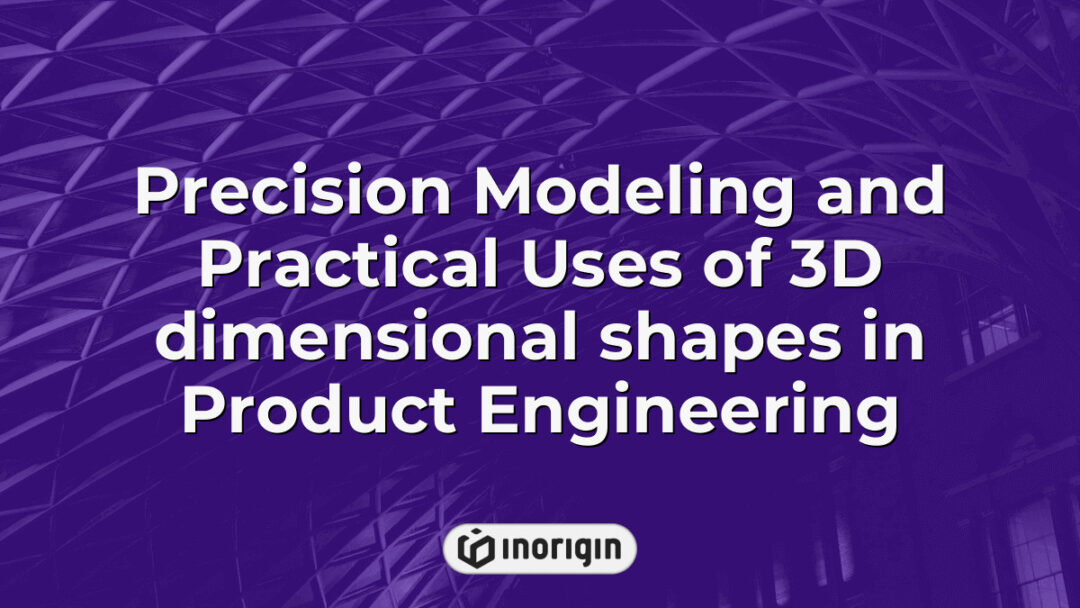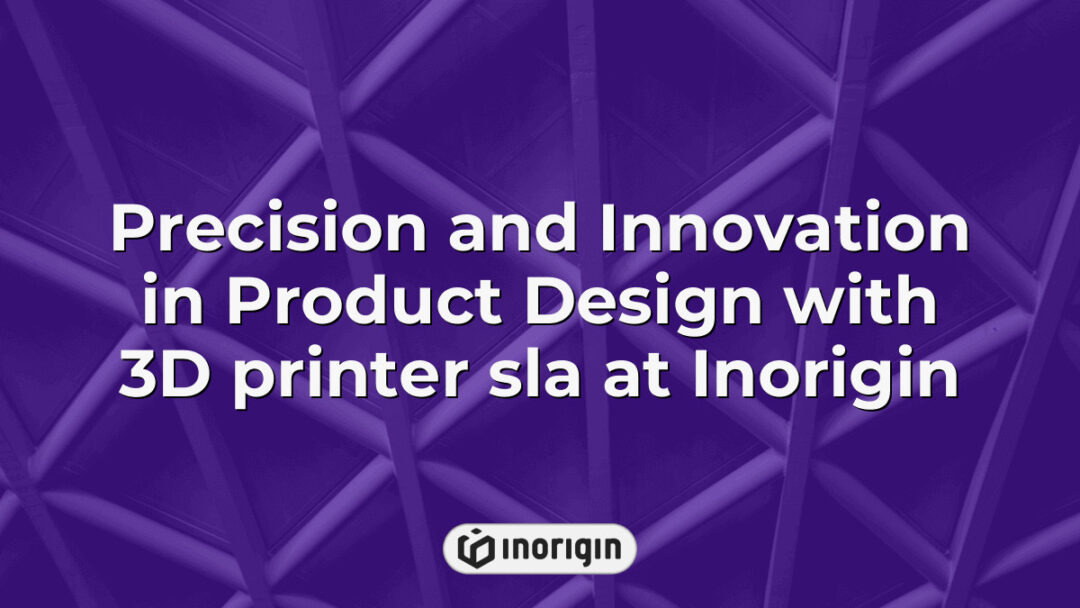In the dynamic domain of digital design, the proliferation of 3D printing technology has ushered in a new era characterized by unprecedented possibilities and profound creativity. As enthusiasts and experts alike seek to explore this innovative field, access to an array of free 3D printing models emerges as a pivotal resource for fostering imagination and experimentation. This article examines the significance of freely available 3D printing models, highlighting their role in democratizing design, supporting sustainable practices, and igniting inspiration across diverse disciplines. By delving into various platforms that offer these invaluable resources, the exploration will unveil not only the practical benefits but also the transformative potential inherent in harnessing such accessible assets for artistic and functional endeavors.
| Aspect | Key Takeaway |
|---|---|
| Role of 3D printing models free | Access to 3D printing models free empowers designers by democratizing innovation and enhancing product development workflows. |
| Key Sources of Models | Platforms such as Thingiverse and MyMiniFactory provide extensive selections of printable files, supporting diverse engineering and design needs. |
| Ensuring Print Success | Verifying file compatibility with printer specifications and using appropriate slicing settings are critical steps for achieving precise and reliable prints. |
| Customization Techniques | Utilizing advanced software like Blender or Tinkercad allows tailored modifications to 3D models, optimizing them for specific functional or aesthetic requirements. |
| Legal and Licensing Considerations | Adhering to licensing terms ensures lawful use of models, especially when incorporating prints into commercial products or public projects. |
| Important File Formats | Understanding formats like STL, OBJ, and AMF is essential for seamless integration with varied 3D printing technologies and workflows. |
| Industry Application | Leveraging free 3D printing models accelerates prototyping and product design processes within professional engineering studios, enhancing innovation cycles. |
Understanding 3D Printing Models
Understanding 3D printing models necessitates an exploration of various dimensions that define their creation and utilization. Initially, it is essential to recognize the availability of free resources in the form of downloadable d printable files, which serve as foundational elements for both novice and experienced users alike. Subsequently, the importance of quality in these d models cannot be overstated; high-fidelity print files enhance the overall output while ensuring accuracy and detail during the printing process. Furthermore, accessibility to a diverse range of designs fosters creativity among users and promotes innovation across multiple fields, from engineering to art. Thus, engaging with free d print files not only democratizes access to technology but also encourages collaboration within communities dedicated to 3D printing advancements. Ultimately, understanding these facets contributes significantly to maximizing the potential inherent in 3D modeling and printing practices.
Where To Find Free 3D Printing Models
The quest for free 3D printing models has become increasingly accessible, thanks to a variety of online platforms dedicated to sharing digital content. Numerous websites serve as repositories for downloadable files that cater to diverse interests and needs. For instance, well-known sites such as Thingiverse and MyMiniFactory offer extensive collections of user-generated designs, allowing individuals to download free d printable files in various categories, from functional items to artistic sculptures. Additionally, communities on platforms like Cults3D provide opportunities for users to contribute their creations while also accessing an array of other d models available at no cost. Furthermore, it is important to note that many educational institutions and organizations are beginning to release open-source designs aimed at promoting innovation within the field; these initiatives further enhance the availability of high-quality d printing models. As this trend continues, the intersection of technology and creativity will undoubtedly foster ongoing collaboration among designers and enthusiasts alike in the realm of 3D printing.
Best Practices For Downloading And Printing Models
While some may argue that the process of downloading and printing models from online sources can lead to subpar results, adhering to best practices significantly mitigates such risks. First and foremost, it is essential to verify the source of d printable files before proceeding with any downloads; reputable websites often provide user reviews and ratings which can serve as valuable indicators of quality. Additionally, ensuring compatibility between the downloaded free 3D printing models and specific d printer specifications cannot be overstated. This entails checking file formats and resolution requirements prior to initiating a print job. Furthermore, utilizing slicing software effectively prepares the model for printing by optimizing settings such as layer height and infill density, thereby enhancing structural integrity. Therefore, careful consideration during each step not only improves the likelihood of successful prints but also contributes to the overall efficiency of using free resources for 3D modeling projects.
Popular Websites For Free 3D Models
The landscape of digital 3D modeling is akin to a vast library, where each shelf offers a multitude of resources for those seeking to download free d models. As the adoption of additive manufacturing technologies continues to grow, numerous platforms have emerged specifically dedicated to providing users with access to high-quality printing models at no cost. Websites such as Thingiverse and MyMiniFactory exemplify this trend by offering extensive repositories filled with user-generated content that can be easily accessed through straightforward navigation systems. Furthermore, these sites often feature community-driven rating systems that allow users to evaluate the quality and relevance of specific models before engaging in their download free process. This collaborative environment not only fosters creativity but also enhances the overall experience by allowing individuals to share insights and improvements on existing designs. Thus, popular websites play a crucial role in democratizing access to 3D modeling resources, thereby supporting both novice and experienced users in their endeavors within the realm of d printing models.
Tips For Customizing Free 3D Models
Customizing free 3D models is an essential skill that enhances the usability of STL and OBJ files, particularly for D printer applications. Initially, it is imperative to select a model from reputable sources that align with specific project requirements; this selection process ensures compatibility with various printing techniques and materials. Subsequently, software tools such as Blender or Tinkercad can be employed to manipulate these models effectively. For instance, scaling dimensions allows users to adapt designs to fit particular specifications while maintaining structural integrity. Furthermore, modifying geometric features through extrusion or subtraction can create unique variations tailored to individual preferences or functional needs. Additionally, texture mapping can enhance visual appeal by applying detailed surfaces onto the existing geometry of the model. Ultimately, by employing these customization strategies on free 3D models obtained in formats like STL and OBJ, users can achieve more personalized and effective D printer outputs suitable for diverse applications.
Frequently Asked Questions
What Software Is Needed To Modify Or Create 3D Printing Models?
The modification or creation of 3D printing models necessitates the use of specialized software, which varies in complexity and functionality. Initially, it is essential to consider both beginner-friendly applications and advanced software tailored for experienced users. For instance, Tinkercad serves as an accessible entry point due to its user-friendly interface and online accessibility; however, it may lack certain advanced features found in professional-grade programs. Subsequently, software such as Blender offers extensive modeling capabilities alongside sculpting tools that allow for intricate designs but requires a steeper learning curve. Additionally, CAD (Computer-Aided Design) systems like SolidWorks or Autodesk Fusion 360 provide robust functionalities geared toward precision engineering and technical specifications, making them suitable for industrial applications. Transitioning between these platforms can enhance the design process by leveraging unique strengths inherent in each application.
A key consideration when selecting appropriate software hinges on the specific requirements of the project at hand. For individuals engaged in casual hobbyist activities or educational projects, simpler applications may suffice; conversely, professionals aiming to produce complex prototypes or functional parts should invest time in mastering more sophisticated tools. A common misconception regarding 3D modeling software is that expensive options are inherently superior; however, numerous free alternatives exist that deliver exceptional results without financial commitment.
Understanding various types of 3D modeling software available enables users to make informed decisions based on their needs and expertise level while facilitating effective communication of ideas through visual representation. By exploring different programs and recognizing their respective advantages and limitations, users can optimize their workflow and achieve desired outcomes more efficiently.
TIP: When venturing into the realm of 3D model creation or modification, experimenting with multiple software packages before settling on one can yield surprising insights into personal preferences and workflows—ultimately enhancing creativity and efficiency in achieving design goals.
Are There Any Legal Considerations When Using Free 3D Printing Models?
The proliferation of free 3D printing models has coincided with an increasing awareness of intellectual property rights within the digital landscape. As individuals and organizations seek to utilize these resources, it is imperative to consider the legal implications associated with their use. Licensing agreements often govern the distribution of free 3D models; therefore, users must ensure compliance with the terms outlined by creators or repositories. For instance, some models may be released under Creative Commons licenses that permit modifications and commercial use, while others might restrict such activities entirely. Additionally, copyright infringement can pose significant risks if a model is used without proper attribution or outside the agreed-upon conditions. Furthermore, users should remain vigilant about potential patent protections on certain designs, as utilizing patented elements could lead to legal repercussions. Thus, navigating the intricate web of legal considerations surrounding free 3D printing models requires thorough understanding and adherence to applicable laws and licensing frameworks in order to avoid violations that could undermine both individual projects and broader innovation efforts within the field.
What File Formats Are Commonly Used For 3D Printing Models?
The landscape of 3D printing is akin to a diverse ecosystem, where various file formats interact and contribute to the overall functionality and accessibility of digital models. Among the most commonly utilized file formats in 3D printing are STL (Stereolithography), OBJ (Wavefront Object), and AMF (Additive Manufacturing File Format). The STL format, introduced by 3D Systems in the early 1980s, serves as the cornerstone of 3D printing due to its widespread compatibility with numerous slicing software applications. This format encodes surface geometry using triangular facets, effectively representing complex shapes while omitting color and texture data. In contrast, the OBJ format supports richer information, including color and texture mapping, making it suitable for more intricate designs requiring visual detail during presentation or rendering stages. Furthermore, AMF enhances upon STL’s limitations by allowing for multiple materials and colors within a single model; thus, facilitating advanced manufacturing techniques that demand versatility. Each of these formats possesses distinct features tailored to specific needs in the additive manufacturing process, underscoring their importance in optimizing workflow efficiency and output quality across various industries. As technological advancements continue to emerge within this domain, understanding these foundational file types remains essential for practitioners aiming to leverage the full potential of 3D printing technologies.
How Do I Troubleshoot Issues With A 3D Printed Model That Didn’t Print Correctly?
When a 3D printed model fails to print correctly, systematic troubleshooting is essential for identifying and resolving the underlying issues. For instance, consider a hypothetical scenario where an intricate gear design experiences significant layer separation during printing. This phenomenon may arise from various factors such as incorrect temperature settings, inadequate bed adhesion, or inappropriate slicing parameters. To address this issue effectively, it is crucial to first evaluate the printer’s calibration and ensure that the nozzle temperature is aligned with the filament specifications; insufficient heat can lead to poor extrusion quality. Moreover, examining the build plate surface for cleanliness and proper leveling can facilitate better adherence of the initial layers, thereby enhancing overall stability during the print process.
Subsequently, analyzing the slicing software settings plays a pivotal role in mitigating printing errors. Factors such as layer height, print speed, and infill density must be optimized according to the specific requirements of the model being printed. In instances where models exhibit warping or curling at edges—common problems associated with ABS filaments—implementing features like brim or raft supports within slicer settings may provide additional stabilization throughout printing. Furthermore, utilizing appropriate cooling mechanisms can contribute significantly by regulating temperatures around critical areas of the print.
It is also important to recognize that environmental conditions can influence print outcomes; fluctuations in ambient temperature or drafts may adversely affect material behavior during fabrication. Therefore, creating a controlled environment through enclosures can minimize these external impacts while promoting consistent thermal management. By systematically assessing each aspect of the 3D printing process—from file preparation to execution—a comprehensive understanding of potential problem areas emerges, ultimately leading to enhanced printing fidelity and successful replication of complex designs.
Can I Sell Items Printed From Free 3D Models, And If So, Under What Conditions?
The question of whether items printed from free 3D models can be sold raises significant legal and ethical considerations. In many cases, the ability to commercialize such prints depends on the licensing agreements associated with the original digital files. For instance, numerous platforms offering free 3D models utilize various licenses that dictate how these designs may be used commercially or non-commercially. Specifically, common conditions include:
- Creative Commons Licenses
- Some may allow for commercial use as long as attribution is provided to the original creator.
- Others may prohibit any form of commercial exploitation altogether.
- Certain types might permit modifications but require sharing derivatives under similar terms.
Public Domain Models
- These are typically available without restrictions, allowing full rights for personal and commercial use.
- Caution should still be exercised in verifying true public domain status.
Proprietary Designs
- Models created by companies often come with strict guidelines against unauthorized reproduction or sale.
- Licensing fees may apply if one wishes to produce items based on proprietary designs.
Understanding these nuances is essential when considering the commercialization of 3D printed products derived from freely accessible models. The implications of copyright infringement can result in serious legal repercussions; thus, an examination of each model’s specific license prior to printing and selling is crucial for maintaining compliance with intellectual property laws.
Conclusion
The accessibility of free 3D printing models has significantly expanded creative possibilities within various fields such as design and engineering. With over 30% of makers utilizing online repositories for model sourcing, individuals can explore a vast array of resources to enhance their projects while fostering innovation in additive manufacturing.
Related posts:
- 3D printer files free and expert resources for flawless prototype production
- Unlimited Creativity with 3D Print Files Free From Leading Online Platforms
- Comprehensive Resources and Tips for Accessing Free 3D Printer Files
- Comprehensive Sources and Expert Tips for Free STL Files for 3D Printing
- Comprehensive Guide to Free STL Files for Professional 3D Printing Projects
- Essential Techniques to Source and Prepare Free 3D Print Files for Professional Results




